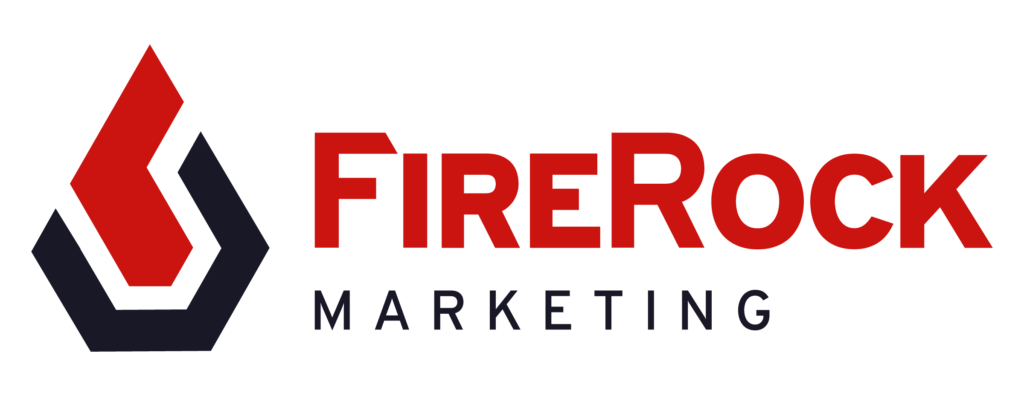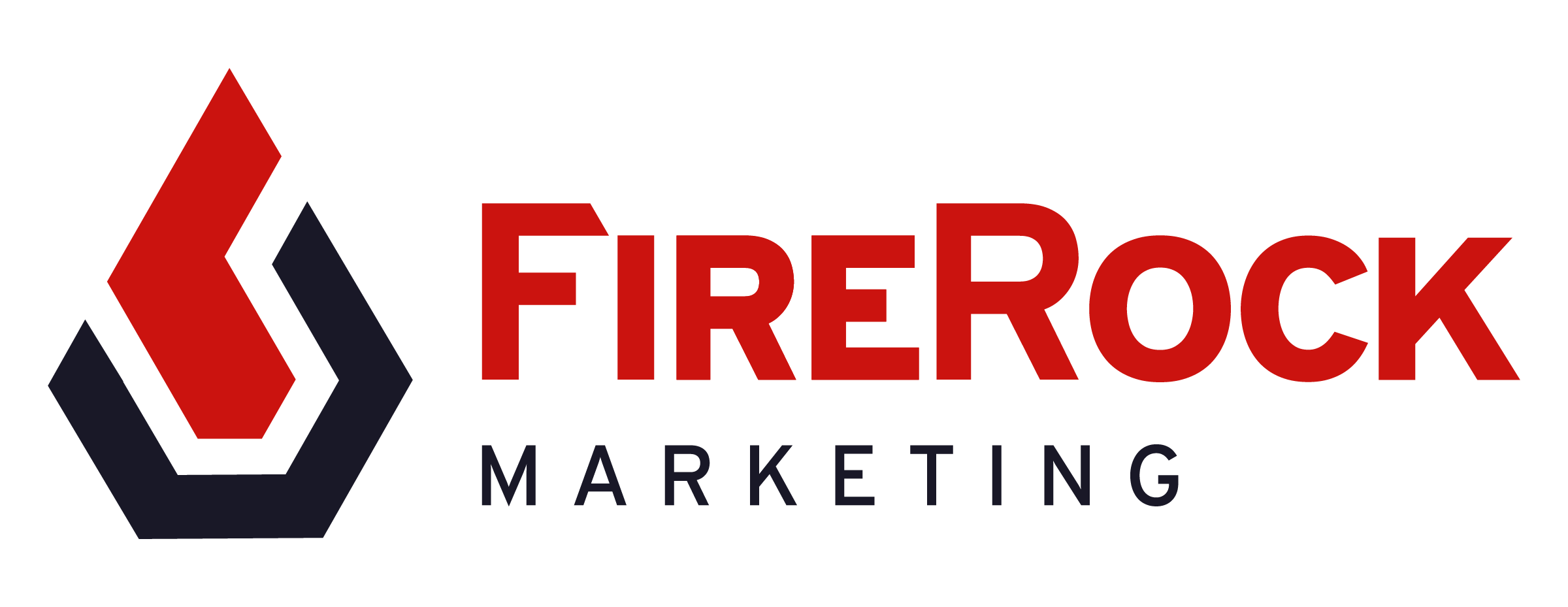The Life Sciences industry plays a critical role in advancing healthcare, agriculture, and environmental sustainability. Companies and marketers in this sector are at the forefront of innovation, developing cutting-edge products and technologies. However, operating in the Life Science domain presents unique challenges distinct from other industries. This blog explores the various obstacles faced as Life Sciences marketers navigate an ever-evolving landscape of science, regulations, and market and patient demands.
Complex Regulatory Environment
One of the primary challenges facing Life Science marketers is the complex regulatory environment they face every day. Organizations must comply with stringent requirements set by governing bodies such as the FDA (US Food and Drug Administration) and EMA (European Medicines Agency), which demand rigorous testing, data analysis, and safety assessments for all products before they can be brought to market. This rigorous regulatory process inevitably impacts the time-to-market for Life Science products and can result in delayed revenues and heightened costs.
Staying abreast of ever-changing regulatory guidelines poses a continuous challenge. As governing bodies introduce new regulations or amend existing ones, Life Science companies must adapt their ongoing projects accordingly, often on short notice. Life Sciences marketing plays an invaluable role in this process of rapid and agile adaptation. Failure to comply with the latest regulations can lead to severe consequences, including halted projects, penalties, and damaged reputations.
In light of these challenges, Life Sciences companies must invest significant resources in regulatory affairs and maintain open communication with regulatory authorities to ensure a smooth and timely approval process. By doing so, they can traverse the labyrinthine regulatory terrain more effectively and bring their innovative products to market while upholding the highest standards of safety and quality.

Rapid Technological Advancements
The Life Sciences industry experiences continuous and rapid technological advancements that drive innovation. Genomics, biotechnology, and data analytics breakthroughs reshape the playing field, compelling companies to stay ahead in the race for innovation. Embracing these emerging technologies demands substantial investment in research and development, which can be particularly challenging for smaller Life Science companies with limited financial resources.
Additionally, the accelerated pace of technological advancement often results in a short product life cycle. Innovations that once represented cutting-edge solutions can swiftly become outdated as newer and more advanced technologies emerge. Consequently, Life Sciences companies must adopt a dynamic approach to product development, requiring continuous improvements and updates to maintain a competitive edge in the market.
To address these challenges, Life Sciences organizations must foster a culture of innovation, collaboration, and adaptability. Partnering with academic institutions, research organizations, and technology providers can help them access the latest developments in genomics, biotechnology, and data analytics. By staying agile and responsive to evolving technologies, Life Sciences companies can position themselves to thrive in an ever-changing reality and deliver impactful solutions that improve human health and well-being.

Data Management and Privacy Concerns
Life Science companies operate in a data-intensive environment, handling a wealth of information ranging from clinical trial results and patient records to sensitive research data. Ensuring the secure management and storage of data, while adhering to stringent privacy regulations, poses a significant challenge. The consequences of data breaches or mismanagement can be severe, with potential legal liabilities, reputational damage, and loss of trust from both customers and partners.
The rising trend of interconnected healthcare systems and the widespread use of wearable devices have further amplified the risk of data breaches. With an increasing number of access points and data exchanges, the potential for unauthorized access and cyberattacks has grown substantially. Life science companies must recognize the urgency of safeguarding sensitive information and invest heavily in robust cybersecurity measures.
To protect sensitive data, companies must adopt a multi-layered approach to cybersecurity. This includes implementing strong encryption protocols, regularly updating security software, conducting thorough risk assessments, and providing comprehensive cybersecurity training for employees. Furthermore, continuous monitoring and threat detection systems are essential to promptly identify and respond to potential breaches.
Compliance with relevant data protection regulations, such as the Health Insurance Portability and Accountability Act (HIPAA) in the United States or the General Data Protection Regulation (GDPR) in the European Union, is critical. Failure to comply can result in severe penalties and legal consequences.
Additionally, Life Science companies should collaborate with cybersecurity experts and stay abreast of the latest cybersecurity trends and best practices. This proactive approach will not only safeguard sensitive data but also bolster their reputation as trustworthy and responsible industry players.
The data-centric nature of the Life Science industry demands unwavering attention to data security. By prioritizing robust cybersecurity measures and compliance with privacy regulations, Life Science companies can protect sensitive information and maintain the trust of their stakeholders in an era of growing interconnectedness and technological advancements.
Ethical and Moral Dilemmas
Life Science marketing campaigns operate within an industry that frequently faces ethical and moral dilemmas. Genetic engineering, stem cell research, and animal testing are just a few examples of delicate issues that require thoughtful consideration. Maintaining ethical practices and a commitment to moral responsibility is of utmost importance for Life Science marketing initiatives.
Adhering to regulations set by governing bodies like the FDA and EMA is a foundational aspect of ethical marketing in the Life Sciences. Compliance ensures that products and services meet safety and efficacy standards before reaching the market, safeguarding the well-being of patients and consumers.
Transparency in communication is critical for Life Science marketing initiatives. Life Sciences companies must provide clear and accurate information about their products and services, disclosing potential risks and benefits. Transparency builds trust with stakeholders, including healthcare professionals, patients, investors, and the general public.
Ethical Life Sciences marketing practices require sensitivity to the impact of marketing messages on vulnerable populations, such as patients facing life-threatening conditions. Responsible marketing aims to inform rather than exploit, empowering individuals to make informed decisions about their health.
By integrating ethics into their marketing programs, Life Sciences companies can maneuver through the challenges of the industry more effectively. Ethical Life Science marketing not only strengthens the company’s reputation but also helps build long-term relationships with stakeholders, fostering a positive image and contributing to the greater good of society.
Long and Costly Product Development Cycles
The development of a new drug or medical device in the Life Sciences industry is a demanding and time-consuming process, often spanning several years and requiring substantial financial investment. This journey begins with initial research and preclinical testing, followed by rigorous clinical trials and the pursuit of regulatory approval. Throughout these stages, Life Science marketing plays a vital role in communicating a positive message to stakeholders, highlighting the potential benefits of the product, and generating enthusiasm for its eventual launch.
To effectively navigate the prolonged and costly development cycle, Life Science marketing campaigns must demonstrate the ability to adapt with speed and agility to capitalize on positive developments throughout the entire drug development process. Companies must be proactive in sharing milestones and breakthroughs, which can enhance investor confidence and sustain financial stability.
The arduous journey of drug and medical device development requires a well-crafted Life Sciences marketing strategy that engages stakeholders throughout the process. By communicating with transparency and adapting quickly to unanticipated changes and challenges, Life Sciences companies can more optimistically face the challenges of new product development and eventually bring their innovative products to market, benefiting both the industry and patients in need.

Intense Competition
The Life Science industry is highly competitive. Numerous companies fiercely battle to gain market share and establish lucrative partnerships. This competitive environment encompasses both well-established pharmaceutical giants and agile startups, each striving to carve their niche in the market. In such a crowded space, the success of Life Sciences companies relies heavily on the effectiveness of their marketing campaigns.
Life Sciences marketing campaigns play a pivotal role in setting companies apart from their competitors. By continuously differentiating their product offerings and strategically communicating their unique value propositions, companies can build strong brand reputations and secure a loyal customer base. Brand positioning, messaging, and targeted outreach are crucial aspects that enable Life Science companies to stand out amidst the intense competition.
Additionally, once patents for innovative products expire, Life Sciences companies often face competition from biosimilars and generic alternatives. This can potentially lead to a significant loss in revenue for the original innovators. To counter such challenges, companies must adopt versatile marketing strategies that emphasize ongoing innovation, customer engagement, and proactive responses to changing market dynamics.
The Life Sciences industry is marked by relentless competition! To survive, companies must implement competent and versatile Life Science marketing campaigns to differentiate themselves and thrive. By crafting compelling marketing initiatives and focusing on continuous innovation, Life Sciences companies can secure their position in the market, attract partners, and successfully progress in an environment of ceaseless competition.
Outdo the Competition With Innovative Life Sciences Marketing Campaigns
Life Science companies operate in a high-stakes industry where advancements can revolutionize healthcare and significantly impact the quality of life. The unique challenges they face, such as complex regulations, rapid technological advances, data management concerns, ethical and moral dilemmas, lengthy product development cycles, and intense competition, can be confronted and conquered with innovative and adaptable Life Sciences marketing campaigns. FireRock Marketing is ready to help you proactively and boldly face the inexhaustible competition of the Life Sciences industry and win. Simply fill in the “Get In Touch” info found below and press send. We look forward to working with you.

